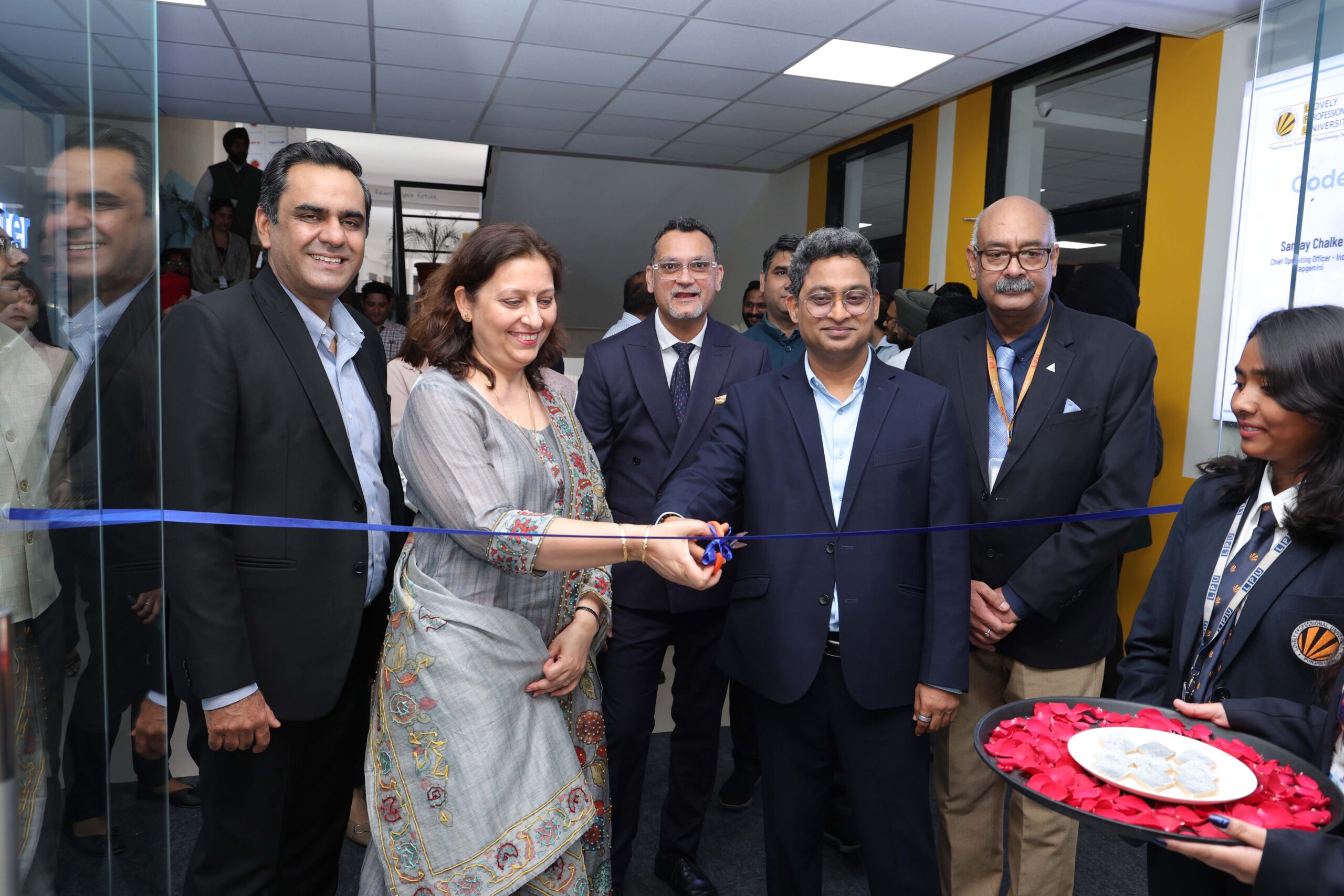Bangalore, Sep 4 (INB) Robotics and AI company CynLr has signed a strategic collaboration pact with the Indian Institute of Science to explore the intersection of neuroscience and robotics, the company said on Thursday.
The initiative, titled Visual Neuroscience for Cybernetics, is focused on developing perception-led robotic systems that adapt to the real world with the same flexibility as the human brain.
The research aims to translate core principles from neuroscience into foundations for robotics. This includes studying how the brain handles depth, motion, and object continuity through neural recordings, and applying those insights to build robotic vision systems that do not rely on prior training or preprogrammed routines.
The partnership includes structured scientific research, hands-on algorithm development, and training programs that bring together engineering, perception, and neuroscience. CynLr will provide technical infrastructure and real-world problem statements from its robotic stack.
IISc’s Vision Lab, led by Prof. SP Arun at the Centre for Neuroscience IISc, will lead neuroscience research and experimentation, the statement said.
The research engagement will include doctoral scholars and early career researchers through sponsored PhD projects and will lead to selective recruitment into CynLr’s further research programs.
CynLr’s collaborations with Swiss institutions such as École Polytechnique Fédérale de Lausanne (EPFL) and Centre Suisse d’Électronique et de Microtechnique (CSEM) have focused on pushing the boundaries of visual processing and object manipulation in robotics.
“Robotic systems that operate in the real world cannot rely solely on training data. They must be able to perceive, remember, and act, much like biological organisms do,” CynLr Founder Gokul N A said.
He said that the collaboration is designed to combine real-world complexity with robotic perception from first principles.
“We are here to build machines that do not just see but comprehend. Our work with IISc represents a deliberate investment into that vision,” Gokul said.
CynLr looks to further collaborate & partner with other startups and research institutions to develop capabilities in areas such as human mimicking imaging sensors, robotics specific compute platforms, skin sensor design, learning algorithms and grasping research. These collaborations extend to supporting robotics supply-chain and advancing fundamental research in robotics.
“This is one of those rare opportunities where scientific research can inform practical engineering. At our lab, we study how the brain encodes visual information through neural recordings in primates as well as cognitive neuroscience in humans. The structure of this partnership gives us a unique pathway to translate fundamental neuroscience into practical robot perception,” Arun said.
CynLr said that it is open to engaging with academic institutions working in neuroscience, robotics, machine learning, optics, and human-computer interaction for similar initiatives.



